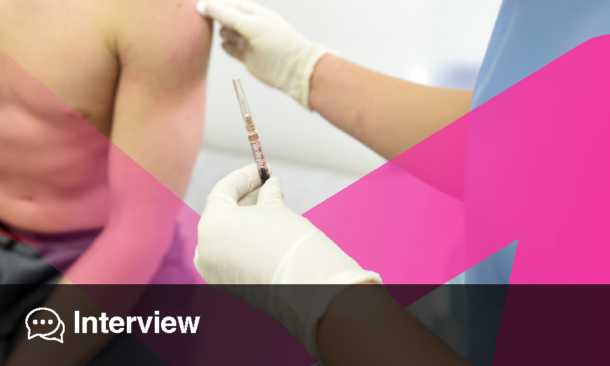A BROADLY protective sarbecovirus vaccine (BPSV) could significantly reduce deaths and disease burden in future SARS-like pandemics, according to new modelling research.
SARS vaccine impact in early outbreaks
Mathematical modelling evaluated the use of a broadly protective SARS vaccine in hypothetical SARS-X pandemics, considering strategies including ring vaccination, spatial targeting, and pre-emptive vaccination of high-risk groups. The study found that, when deployed alone, these vaccines are unlikely to contain highly transmissible SARS-CoV-2-like viruses early in outbreaks due to the delay between vaccination and protection. However, when combined with rapid isolation of cases and quarantine of contacts, the vaccine consistently reduced epidemic growth, sometimes pushing the effective reproduction number below 1, thereby expanding the conditions under which outbreak control is achievable.
Targeting high-risk groups with the SARS vaccine
Targeted deployment of a broadly protective SARS vaccine to high-risk populations ahead of virus-specific vaccines could significantly lower mortality and lessen the need for stringent non-pharmaceutical interventions. The modelling suggests that, if such a vaccine had been available during COVID-19, equitable stockpiling could have averted between 21–77% of deaths in the first pandemic year. The impact depends on vaccine efficacy, speed of rollout, virus transmissibility, and the timeline to virus-specific vaccine availability. Faster virus-specific vaccine development or low infection rates can reduce the benefit, whereas highly transmissible viruses and delayed vaccines increase its value.
Economic and public health advantages
Beyond mortality reduction, the vaccine could allow shorter or less strict population-wide restrictions, mitigating socio-economic impacts. Strategic stockpiling and timely administration provide a bridge during the interval before virus-specific vaccines become available, giving health systems crucial time to respond and potentially limiting hospital burden.
Limitations and uncertainties
The analysis assumes idealised non-pharmaceutical interventions and does not fully account for household transmission clustering, cross-immunity from prior infections, or precise vaccine properties, which remain unknown as no human immunogenicity studies exist yet. Estimates span a wide range to reflect these uncertainties, and economic viability of stockpiling requires further evaluation. Despite these caveats, the modelling highlights that a broadly protective SARS vaccine could be a transformative tool in future pandemic preparedness.
Reference
Whittaker C et al. Quantifying the impact of a broadly protective sarbecovirus vaccine in a future SARS-X pandemic. Nat Commun. 2025;16(1):8495.








